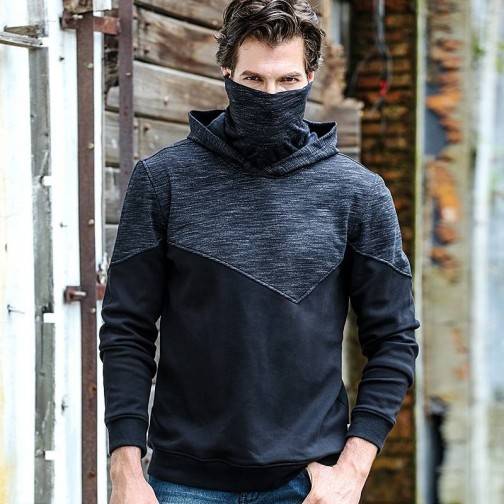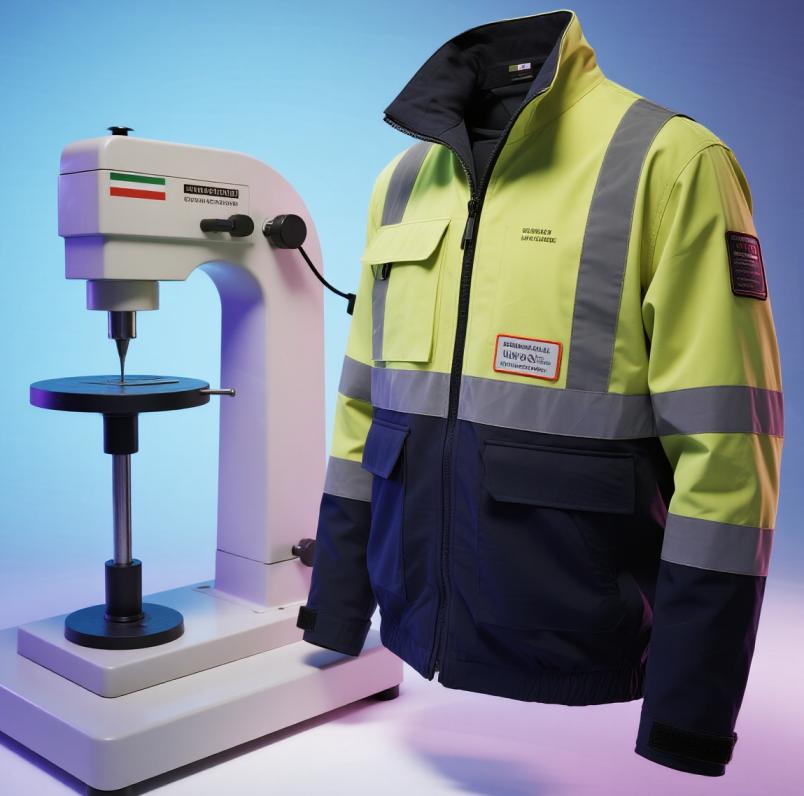This article explores how innovative textile technologies combine to create superior cooling fabrics for hot weather conditions, providing scientific insights and practical applications.

Introduction
Remember that moment when you stepped outside on a scorching summer day and felt the sun’s heat instantly penetrate your clothing? That uncomfortable sensation is something we’ve all experienced, yet textile innovation has struggled to effectively address this challenge.
What you feel as heat isn’t just air temperature; it’s primarily the sun’s near-infrared radiation (NIR) being absorbed by your clothing and transferred to your skin. This invisible portion of sunlight makes up over half of solar energy reaching Earth and is the silent culprit behind that stifling, overheated feeling.
“The human body perceives heat from two primary sources: ambient temperature and radiant energy,” explains Dr. Sarah Chen, textile thermophysiology researcher. What if your clothing could reflect this heat away instead of trapping it? And what if it could simultaneously pull heat away from your skin on contact? This isn’t science fiction – it’s the reality of combining NIR reflection technology with IcSnow cooling technology in a single fabric system.
What is NIR Reflection Technology in Textiles
Inspired by natural cooling mechanisms like those found in the Salty Ice Plant – which holds salt crystals on its surface to reflect sunlight – NIR reflection technology works by creating specialized fabric structures that bounce back near-infrared rays. The Hong Kong Polytechnic University has pioneered similar approaches using ceramic crystals inside synthetic fibers with a smooth outer layer, creating textiles that can reduce the temperature by more than 4°C in intense sunlight.[1]
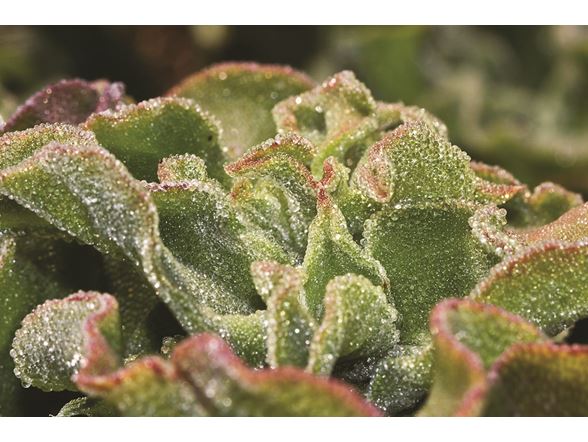
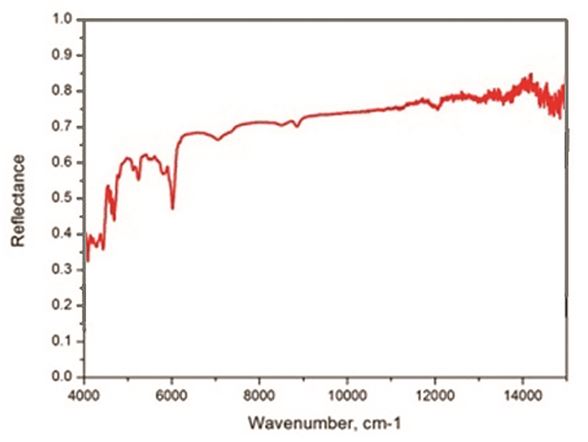
When sunlight hits your body, about 52% of that energy comes as near-infrared radiation – invisible but felt as heat. Traditional fabrics absorb most of this radiation and transfer it to your skin. It’s like wearing a heat collector on a hot day.
Our testing with the Industrial Technology Research Institute shows an impressive 74.2% NIR reflection rate in our advanced fabrics. Conventional fabrics typically reflect only 5-20% of NIR radiation. Imagine wearing a shirt that actively rejects three-quarters of the sun’s heating energy before it can reach your body.
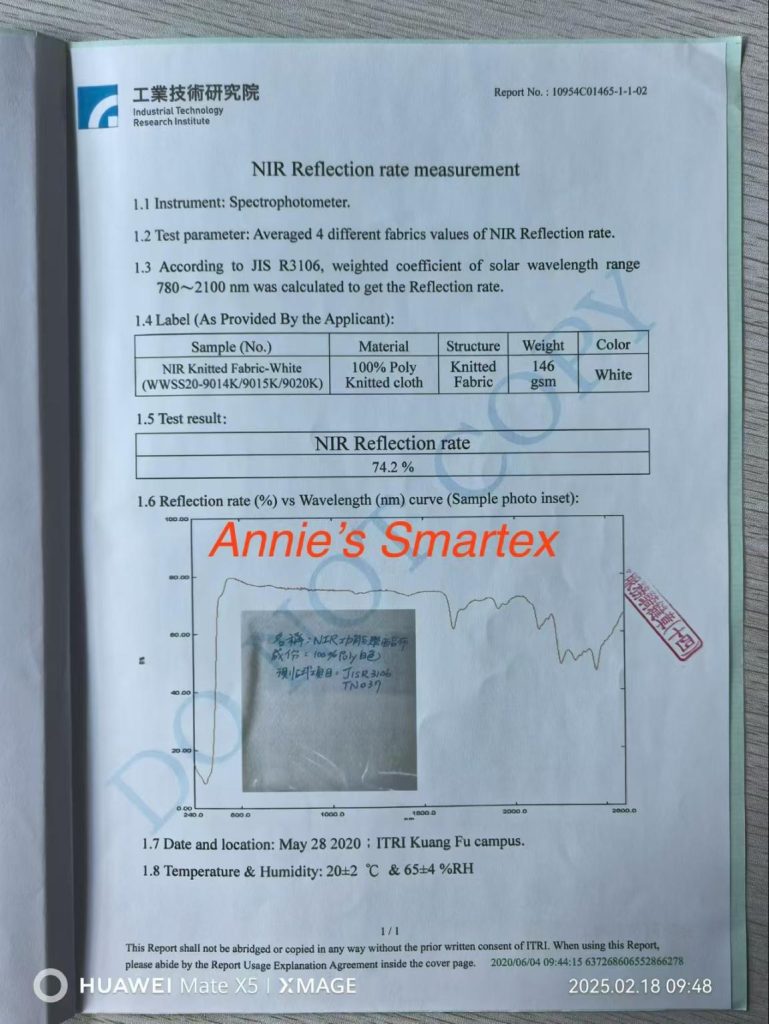
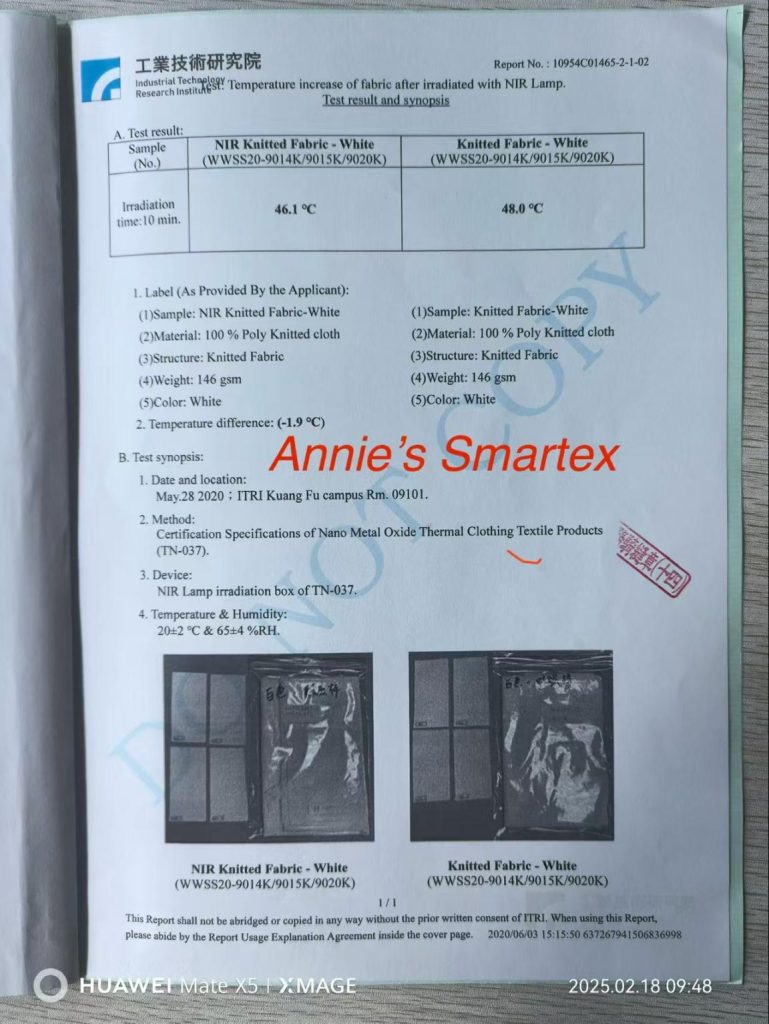
The beauty of NIR reflection is its passive nature – it works continuously without requiring any power source or chemical activation. As long as you’re wearing the fabric, it’s working to keep solar heat at bay.
What is IcSnow® Cooling Technology
While NIR reflection addresses heat from the sun, IcSnow® cooling technology manages heat from your body itself. You know that refreshing sensation when you touch something cool? That’s your body heat being conducted away from your skin. IcSnow maximizes this effect through specialized powder particles embedded within textile fibers.
When measured according to GB/T 35263-2017 standards, our IcSnow-enhanced fabrics achieved a Qmax value of 0.32 J/(cm²·s) – more than double the industry standard for cooling fabrics. This creates that unmistakable “cool to the touch” feeling that persists much longer than with conventional fabrics.
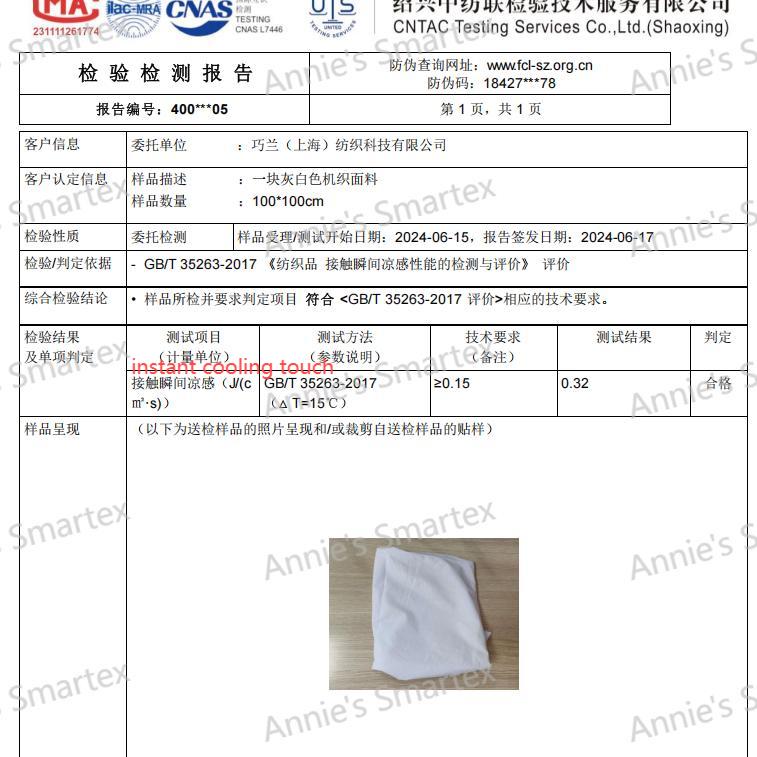
Unlike chemical cooling finishes that wash out over time, IcSnow particles are physically integrated into the fiber structure. Our testing shows the cooling effect remains consistent even after multiple laundry cycles – something few cooling technologies can claim.
Dual-Cooling Effect: How NIR Reflection and IcSnow® Work Together
By integrating both NIR reflection and IcSnow® cooling technology into a single fabric system, we’ve created a comprehensive solution that tackles both external heat (solar radiation) and internal heat (your body’s thermal output) simultaneously. It’s like having air conditioning that works from both outside in and inside out.
Our testing reveals something fascinating – these technologies don’t just work independently; they enhance each other. When NIR reflection prevents heat buildup from external sources(we called it “shield heating”), your body produces less sweat, which helps maintain the optimal surface conditions for IcSnow® cooling to work efficiently.

In practical terms, this dual-action approach means your clothing stays noticeably cooler both in direct sunlight and when in contact with your body. The fabric surface temperature can remain 7-10°C cooler than conventional fabrics under identical conditions.
The 74.2% NIR reflection rate was measured according to JIS R3106 standards, using spectrophotometric analysis across the 780-2100 nm wavelength range. Most conventional textiles reflect only 5-20% of NIR radiation.
Beyond cooling, these fabrics provide exceptional UV protection with a UPF 50+ (GB/T 18830-2009), blocking over 99.9% of harmful UV rays. The heat shielding capability (45.8% after washing) creates a barrier against radiant heat from all sources, not just direct sunlight.
Real-World Applications: From Sportswear to Outdoor Protection
So where might you encounter these advanced cooling fabrics in your daily life? The applications span virtually any scenario where heat management is important.
For athletic wear, the benefits are immediately apparent. During intense physical activity, your body generates significant heat that must be dissipated to maintain performance. Traditional moisture-wicking fabrics help with evaporative cooling but do nothing to address radiative heat gain from the sun. Our dual-cooling technology addresses both mechanisms, helping athletes maintain optimal body temperature during outdoor training and competition.
“Thermal regulation during exercise has direct implications for performance,” notes sports physiologist Dr. Carlos Mendez. “Even small improvements in body temperature management can translate to measurable gains in endurance and recovery.”


Workers in outdoor environments face some of the most challenging heat conditions. Construction, agriculture, logistics, and other outdoor occupations often combine physical exertion with prolonged sun exposure. Protective clothing made with dual-cooling technology can significantly reduce heat stress during long shifts, potentially improving both comfort and safety.
Even everyday summer clothing benefits from these advancements. Whether you’re commuting to work, enjoying outdoor dining, or simply running errands on a hot day, the combined effect of NIR reflection and instant cooling creates a noticeable improvement in comfort. The passive nature of the technology means it’s always working without requiring any user intervention.
Sustainability and Future Development
Unlike air conditioning and other active cooling methods that consume significant energy, these passive textile technologies require no power during use. They work continuously through fundamental physical principles, reducing environmental impact while providing comparable comfort benefits.
Research continues to enhance both NIR reflection capabilities and cooling powder performance. Current development focuses on biodegradable cooling particles and even more efficient reflection properties, aiming to further improve both performance and sustainability.
Frequently Asked Questions
How long does the cooling effect of IcSnow® technology last?
The cooling sensation is immediate upon skin contact and continues as long as the fabric is worn. The effect doesn’t “wear out” over time as it’s based on physical properties of the materials rather than chemical treatments.
Can these NIR cooling fabrics be washed normally?
Yes, testing confirms that both NIR reflection and cooling properties remain effective after multiple wash cycles. The heat shielding rate actually improved slightly after washing in our tests.
Are these NIR cooling fabrics suitable for all seasons?
While designed primarily for hot weather comfort, these fabrics are lightweight and breathable enough for year-round use in layering systems. They simply help maintain your body’s optimal temperature zone without creating uncomfortable chills in moderate temperatures.
How effective is the UV protection in IcSnow® fabrics?
According to our certified testing report (Report No.: 400***06), IcSnow nylon cooling fabrics provide exceptional UV protection with a UPF (Ultraviolet Protection Factor) 50+, far exceeding the standard requirement of UPF>40 for UV protective products. The fabric blocks 99.90% of UVA and 99.95% of UVB radiation, offering comprehensive protection against harmful ultraviolet rays. This makes IcSnow® fabrics ideal for extended outdoor activities where sun exposure is a concern.
References:


